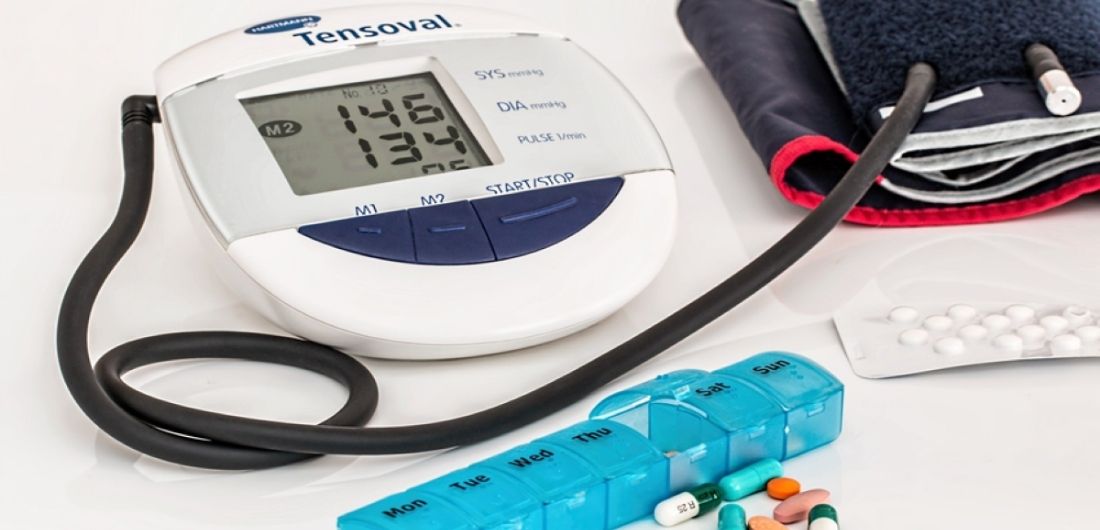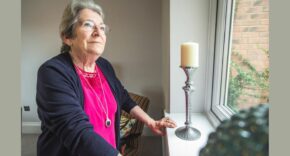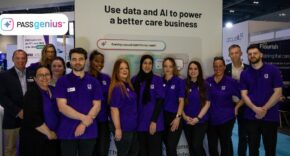
Digital health, otherwise known as telehealth, is a thriving area of innovation which is changing how we treat and care for the ageing, sick and vulnerable. The latest sensor innovations are allowing people to live safe and full lives without constant human supervision. With the world battling COVID-19 and the increased need for sick and vulnerable people to be kept away from hospitals and care settings where they may be infected by the virus, adoption of telehealth solutions has become critically important.
These innovations rely on IoT devices, whether installed in the home or on the body in the case of health wearables. Such devices require good connectivity to securely transmit data to the device operator’s cloud, which is then analysed in real-time, and life-improving recommendations made. Getting this right allows ageing populations to live safely in their own homes for longer, improving their lives and reducing the burden on care industries.
Helping vulnerable people to remain independent
There are three areas of digital healthcare where good connectivity is vital: passive, active, and condition monitoring. Passive monitoring involves connected devices in homes, quietly monitoring a patient’s behaviour. Usually, the devices will not do anything or interfere, but critically, they initiate action if they notice a concerning change. The Alcuris Memo Hub, for example, connects smart devices around a person’s home, such as kettles and televisions, and triggers alerts if their usual pattern of behaviour suddenly changes. It can also monitor gradual changes which may indicate a need to review care regimes.
Active monitoring is where IoT devices require proactive action from the resident or carer to activate, for example, two-way intercoms and panic buttons.
Finally, condition monitoring involves monitoring heath conditions on an ongoing basis, combining the first two approaches with more personal and detailed health data, such as movement, heart rate and blood pressure.
The importance of simplicity
As populations age and more people live with chronic conditions and disabilities , these connected innovations present a huge opportunity for tech companies to improve quality of life and safety for individuals, as well as lowering the costs and resources needed for healthcare delivery and reducing risk for insurance purposes. Ensuring such devices have the connectivity to reliably capture, share and analyse data is key to success, however. Data must be captured accurately, or the wrong conclusions will be reached, and it must work reliably or key safety data such as a distress signal may be missed.
To achieve this, devices designed for elderly and vulnerable people should be configured so that they work seamlessly out-of-the-box, automatically connecting to the healthcare provider’s systems without the need for complex setups. They should also be designed to work anywhere, making it easy to plug and play, which is particularly important given the audience demographic. Some may be deployed across multiple geographies and subject to resource constraints; busy healthcare workers don’t have the time to set up complex pieces of equipment alongside their care and medical duties. Cellular IoT connectivity is therefore a great option to ensure these devices can be easily deployed and reliable.
Removing the connectivity barrier
Anyone who has a mobile phone will be aware of black spots where their device cannot receive a signal. It is even more frustrating when a friend or family member standing next to them has signal on another network. If you deploy thousands of IoT devices across the country, or indeed the world, on one network, how many of these devices will have connectivity problems? While this might be irritating for the general user, clearly, when a patient’s life is on the line, connectivity needs to be highly reliable.
To help mitigate this problem and overcome the connectivity barrier, devices entering the market must be able to select the best network for that location and seamlessly change between them to ensure drop out time is kept to an absolute minimum. And this connectivity must be reliable and continuous. A dropped connection at a critical moment could literally be a matter of life and death.
Connectivity by design
Although connectivity can be implemented into existing devices, a better way to ensure optimum connectivity is to consider it right from the start. Many medical devices need to be lightweight, unobtrusive, robust, and easy to operate, or they will not be used correctly. This places some natural limits on design options which is not the case for larger or fixed pieces of technology.
Importantly, communication is not one way – and nor can it be for devices. Designers must factor in the user relying on these devices. A device which connects to a human voice will likely be far more reassuring for an elderly patient than a line of text on their smartphone (if indeed they have one).
It is crucial to consider what happens at the back end. Does the device connect into a dedicated cloud service which analyses data and makes recommendations? Is there a person at the other end who needs to access data, in which case how should it be presented – a text alert, a dashboard or via an app? These communications requirements and connection capabilities must be considered right from the inception stage.
Implementing adequate security
Most importantly, for devices handling sensitive data, end to end security is critical. Hardware, software, and connectivity platforms all need to be secure for IoT devices to work effectively. Many consumer SIMs lack advanced certificate-based security measures and send data over standard internet channels. This increases the risk of data being intercepted or lost. Furthermore, security needs to be considered early in the device design and specification phase, rather than become an afterthought when it might be too late. Many organisations may be blissfully unaware that their IoT device operating in the field is doing so in an insecure manner. On the cloud side, providers mandate a level of security in order to use their IoT solutions, but for the end user it can be difficult to distribute the security information to the end devices, tempting designers to take shortcuts.
Dedicated end-to-end solutions designed for secure applications offer better solutions. This involves encrypting information at the device and communicating only via trusted private networks and secure gateways (i.e. private APN or VPN) which authenticate connections and ensure the service is authorised. Adding in tools which monitor data flows to detect unusual activity helps prevent malicious attacks. Additionally, a third-party pen tester should be consulted to test any device and system before deployment to ensure it has adequate protection against malicious infiltration attempts. It is important to make sure your connectivity supplier is comfortable with this, and if not ask why.
The revolution is here
Without a doubt there is both a societal benefit and a business case for driving telehealth forward and enabling patients and vulnerable people to remain in their own homes safely. Alleviating pressure on stretched national healthcare resources and local private care providers will result in a higher standard of healthcare and genuinely improve or change people’s lives for the better. It will allow an ageing population to remain independent for longer and free up caregivers to focus on the essential human aspects of care provision.
By placing connectivity at the heart of telehealth device design we can unlock the enormous potential of the telehealth revolution and save lives immediately. At a time when balancing the daily needs of patients and vulnerable individuals with the pressures exerted by the COVID-19 crisis is exposing the limits of healthcare resources, advancing the telehealth revolution is not just desirable, but essential.
Written by: Paul Marshall, co-founder and CCO of Eseye











